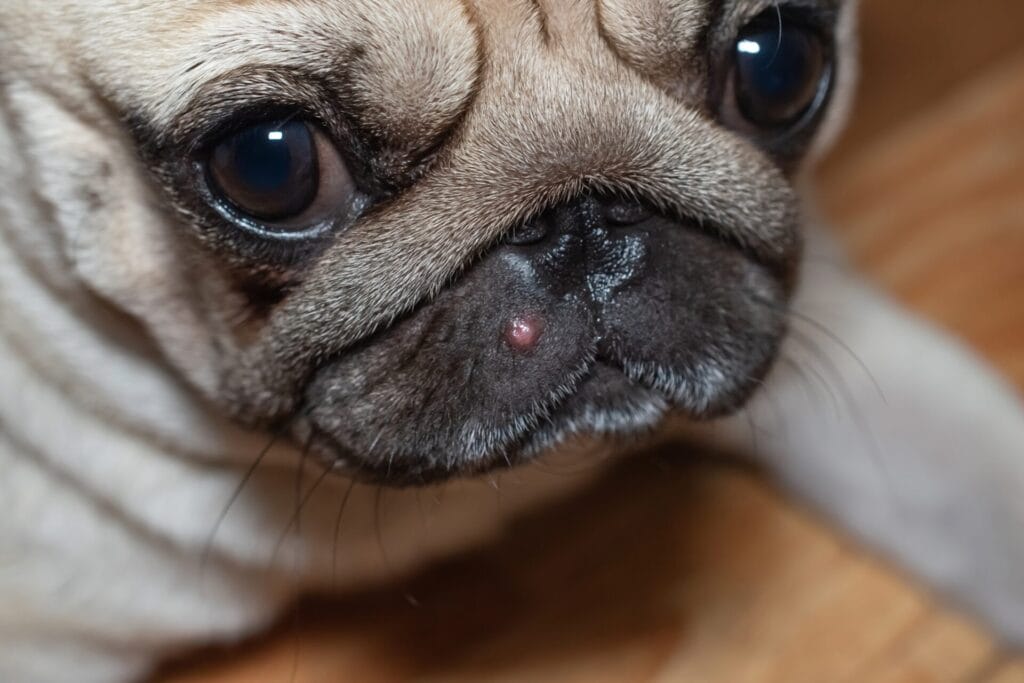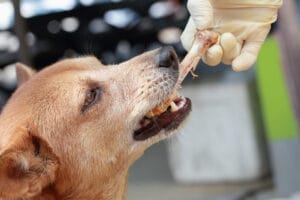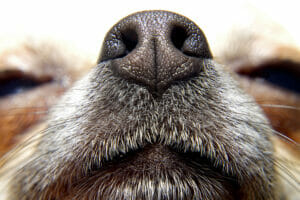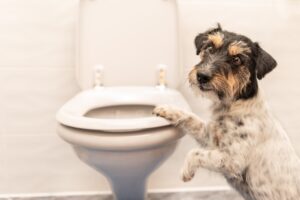Dogs, like humans, can develop skin issues, and one common problem they may face is the appearance of pimples. While it may sound surprising, dog pimples are not entirely uncommon and can occur for various reasons. In this comprehensive guide, we will delve into what dog pimples are, why they occur, how to identify them, and most importantly, how to effectively treat and prevent them.
What are Dog Pimples?
Dog pimples, also known as canine acne or folliculitis, are small, red, raised bumps that can appear on a dog’s skin. These bumps may resemble the pimples that humans experience, but they are specific to dogs and have their own set of causes and treatments.
Causes of Dog Pimples
- Hormonal Imbalance: Hormonal changes, especially during puberty, can lead to the development of pimples in dogs. This is more common in younger dogs, typically between the ages of 5 to 8 months.
- Allergic Reactions: Dogs can have allergic reactions to certain foods, environmental factors, or even grooming products. These allergies can lead to skin irritation and the formation of pimples.
- Poor Grooming Habits: Inadequate grooming can lead to the accumulation of dirt, oils, and bacteria on a dog’s skin, which may contribute to the development of pimples.
- Ingrown Hairs: Like humans, dogs can develop ingrown hairs, which can lead to the formation of small, localized pimples.
- Bacterial Infections: Bacteria on a dog’s skin can infiltrate hair follicles, leading to inflammation and the development of pimples.
Identifying Dog Pimples
Dog pimples can manifest in various ways, depending on the underlying cause. They may appear as:
- Small, red bumps on the chin, muzzle, and lips.
- Pustules or whiteheads with a pus-filled center.
- Blackheads, which are clogged hair follicles.
It’s important to consult a veterinarian if you notice any unusual bumps on your dog’s skin to determine the underlying cause and appropriate treatment.
Treating Dog Pimples
- Maintain Proper Hygiene:
- Regularly bathe your dog with a mild, hypoallergenic dog shampoo.
- Keep your dog’s bedding and living area clean.
- Gently clean affected areas with a mild antiseptic solution recommended by your vet.
- Adjust Diet:
- Consider consulting your vet to explore potential dietary causes of allergies. They may recommend a hypoallergenic or specialized diet.
- Topical Treatments:
- Your vet may recommend topical treatments such as benzoyl peroxide or medicated shampoos to help cleanse the affected area.
- Avoid Irritating Products:
- Switch to hypoallergenic grooming products and avoid using harsh chemicals or fragrances that may irritate your dog’s skin.
- Antibiotics or Medications:
- In more severe cases, your vet may prescribe antibiotics to treat bacterial infections or recommend oral medications to address hormonal imbalances.
Preventing Dog Pimples
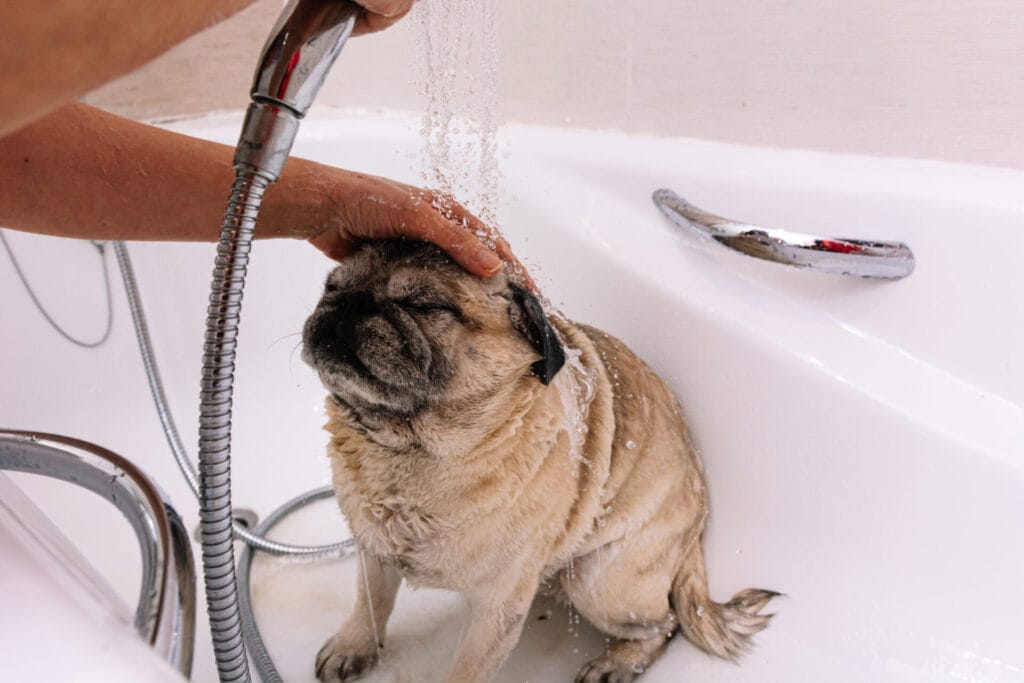
- Maintain a Consistent Grooming Routine:
- Regularly brush your dog’s coat to remove excess dirt, oils, and loose hairs.
- Monitor Diet and Allergies:
- Be mindful of your dog’s diet and consult your vet about any potential allergies.
- Provide a Clean Living Environment:
- Regularly clean your dog’s bedding, toys, and living area to prevent the buildup of bacteria.
Conclusion
Dog pimples may seem like a minor concern, but they can be uncomfortable for your furry friend. By understanding the causes, identifying the symptoms, and implementing appropriate treatment and prevention methods, you can help your dog maintain healthy, clear skin. Remember, if you ever have concerns about your dog’s skin health, consulting a veterinarian is always the best course of action.


